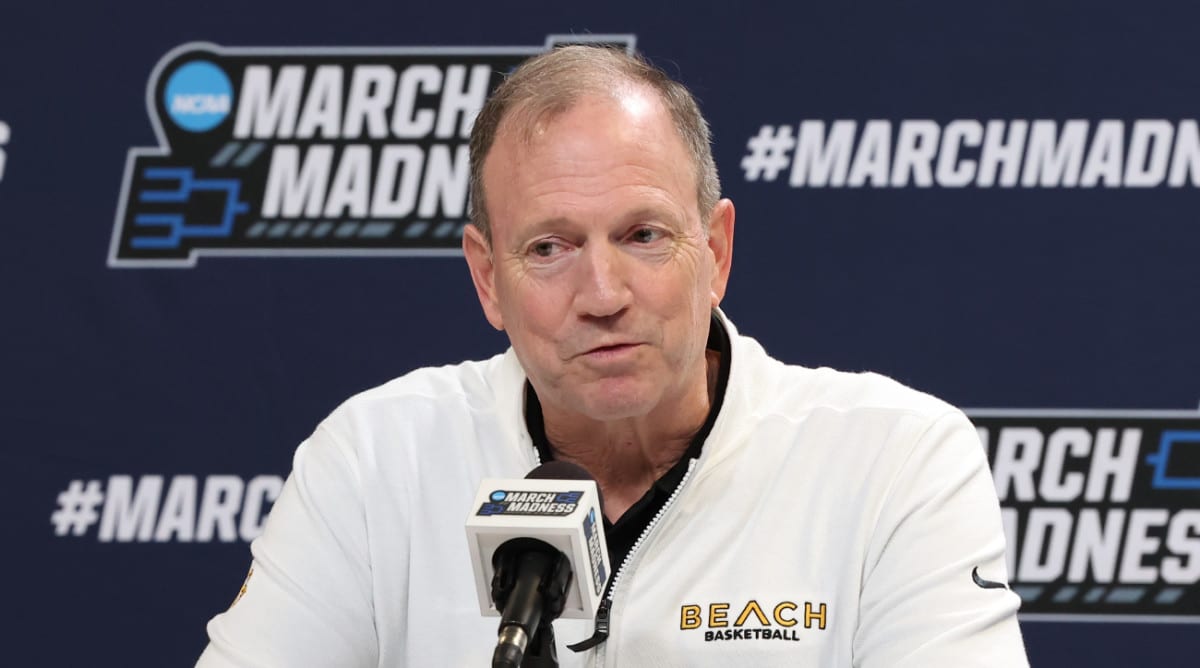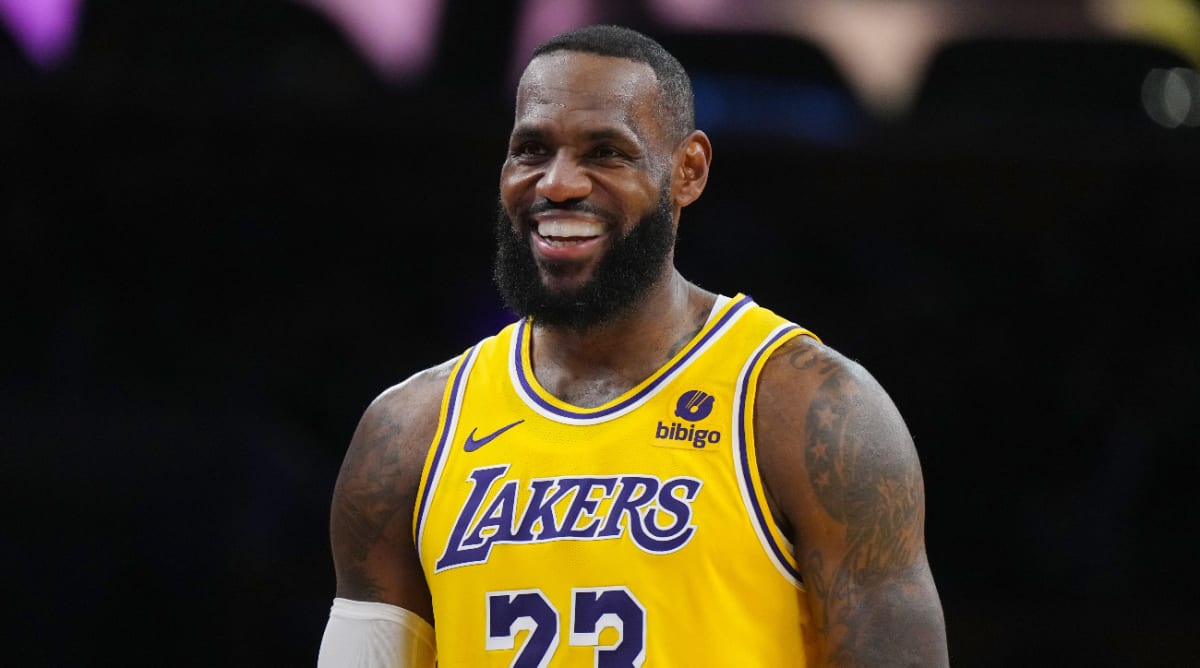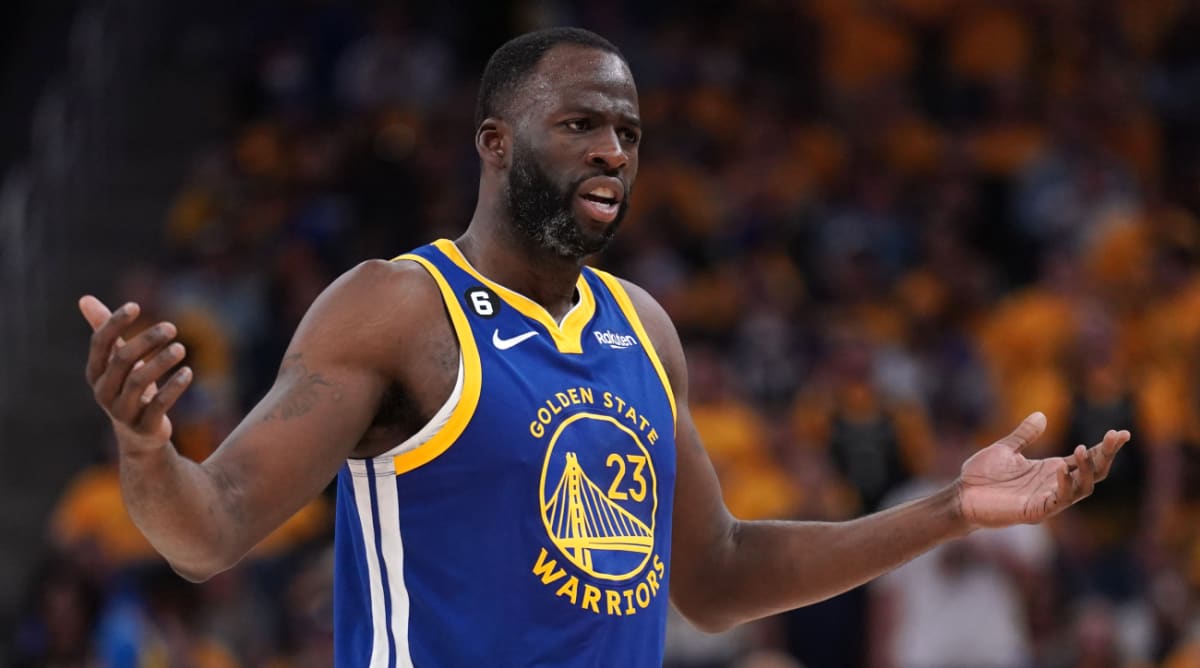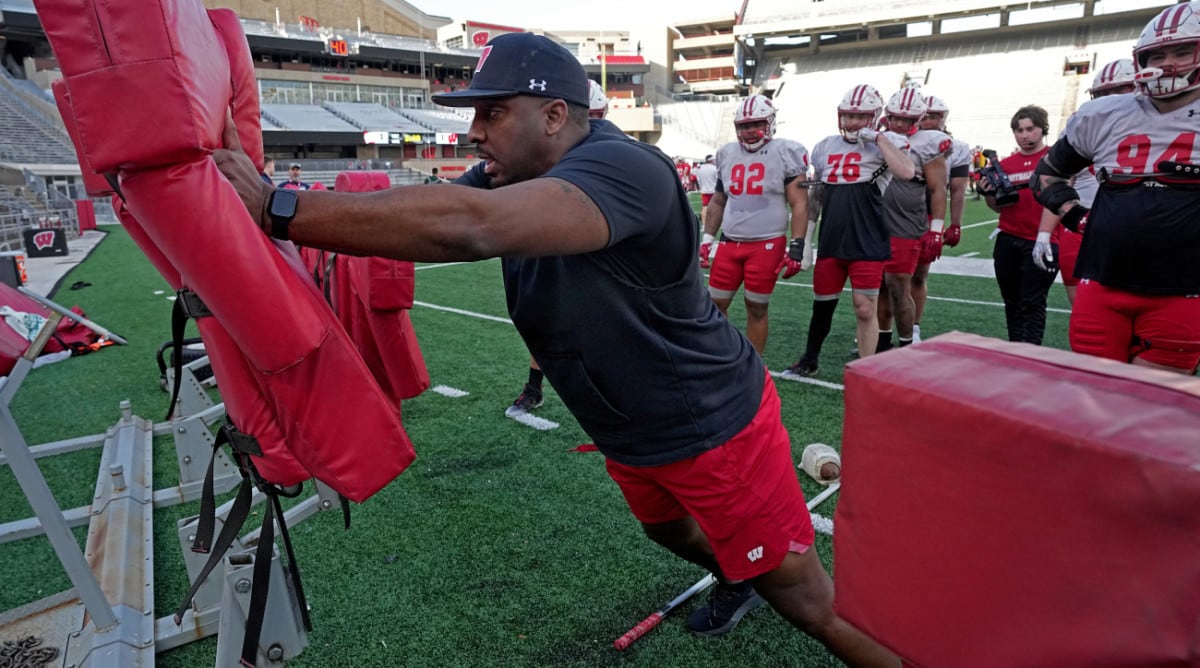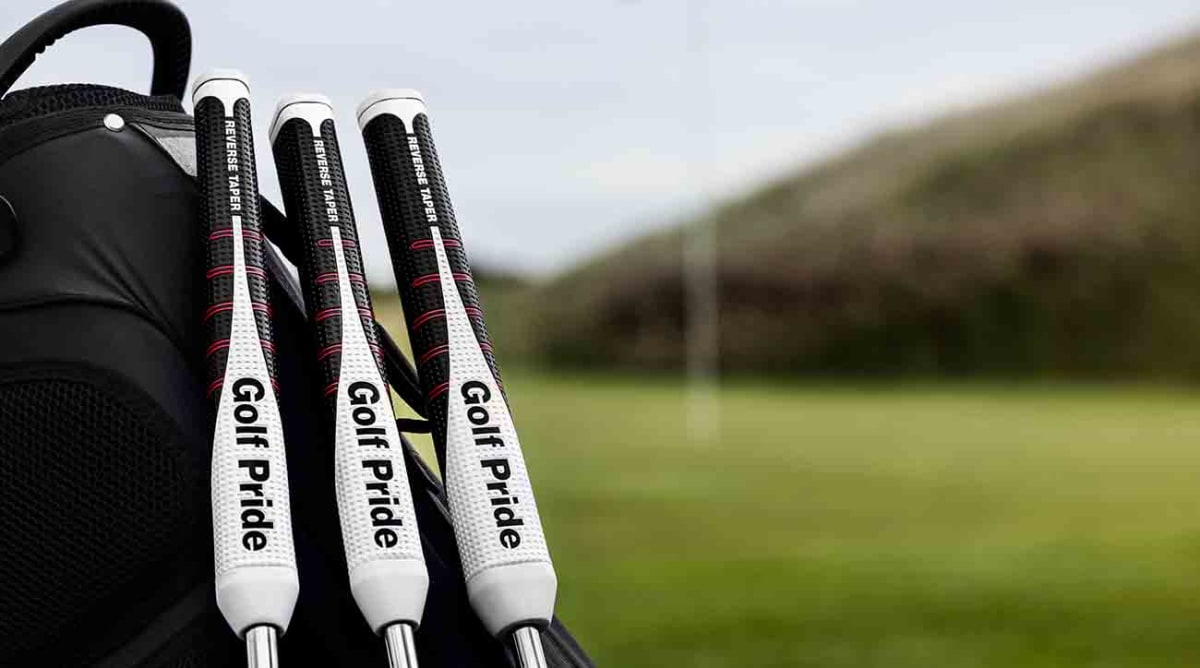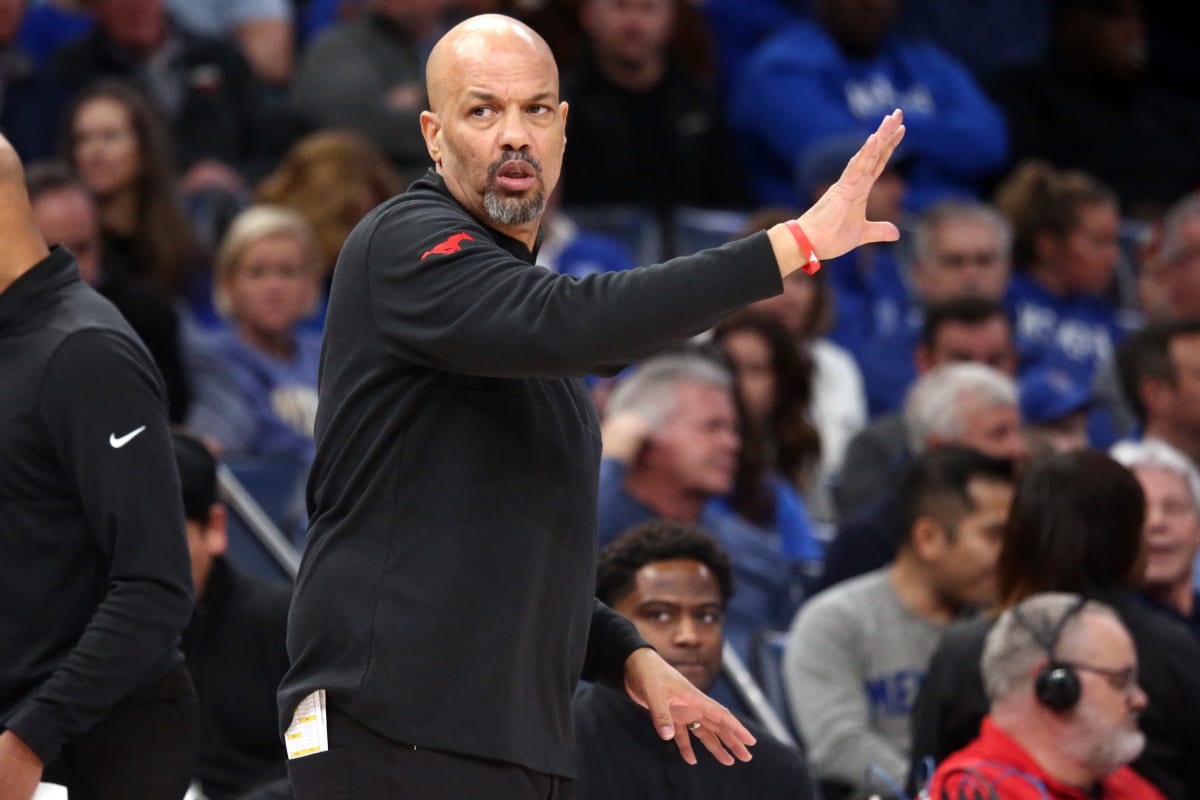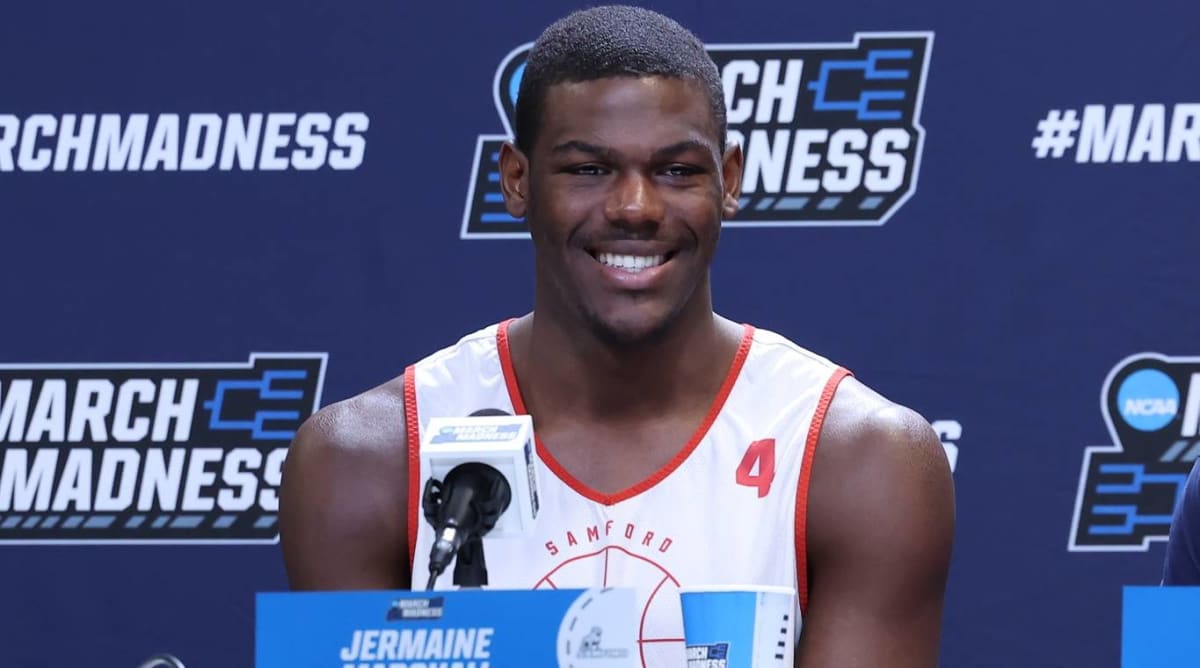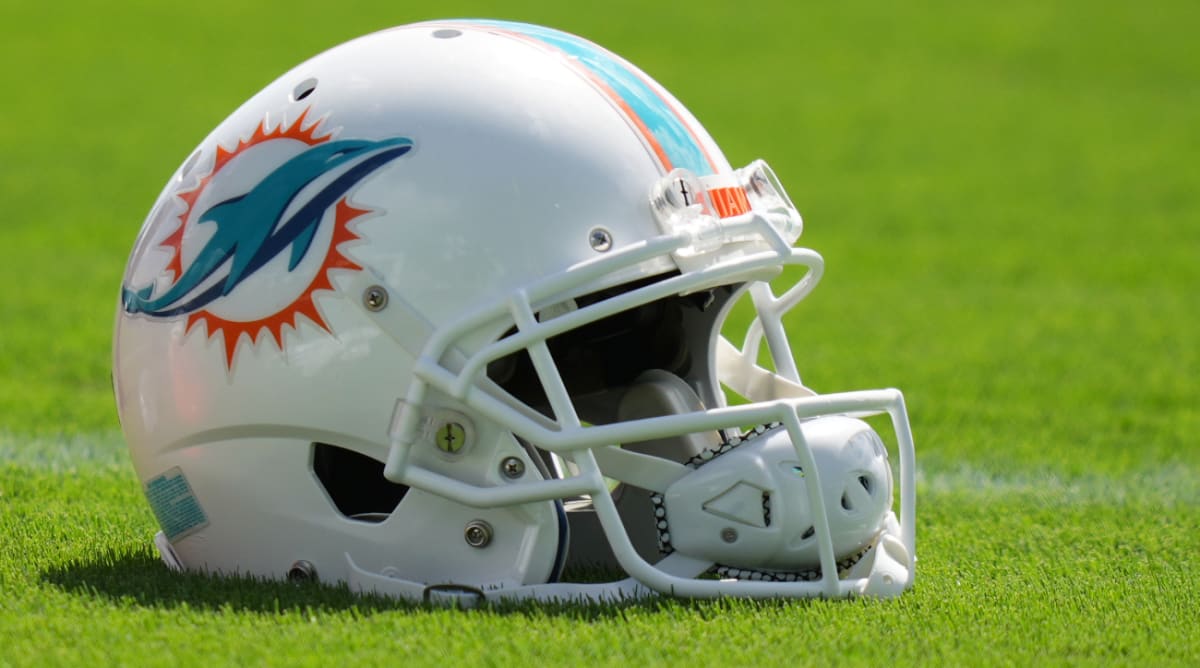SACRAMENTO-
Concussions on the football field have increased the urge for scientists to study long-term effects.
Recent findings have put parents at a crossroads when it comes to concussions and their kids.
Kimberly Knox’s son plays quarterback for Burbank’s high school football team.
“He’s never had a concussion. I’m thankful,” Knox said.
She knows it’s a brutal and dangerous sport her teen is playing.
“He gets hit a lot. He’s been hurt. He ices a lot,” Knox explained.
In Modesto, Gregori High School football players are now stepping out on the field with an extra set of eyes when it comes to concussion safety.
“I might not have seen the hit, the kid comes off and says, ‘Oh yeah, I took a little hit.’ But the monitor will say exactly how hard the hit was,” football trainer Buzz Rolicheck explained.
The Riddell “smart” helmets are outfitted with tiny sensors embedded in the padding.
Every impact a player takes is recorded and measured in real-time. Information is then sent straight to the coach and trainer on a hand-held device.
“That’s the point behind wearing these things. It’s going to give us immediate feedback” Gregori Head Coach Jason McMcoy said.
While the helmets cannot prevent or diagnose a concussion or brain injury, it does give coaches information that can change their playbook in games and practice.
“We can take the drills where the kids are getting a lot of alerts, we can look at the drills and say, ‘O.K., let’s not line these kids up at 15 yards and just run them at each other.’ We can still get the same amount of experience from a two-yard away drill, but make it a lot safer for the athletes,” explained Gregori player Dominic Barandica.
But could this technology be putting players at risk?
“It’s that false sense of security,” Dr. Catherine Broomand said. She believes it’s doing more harm than help.
“Wearing the headgear can make them more aggressive, because they think they’re protected and so they play more aggressively,” explained Brooman, who is the director of the sports concussion program for Kaiser Permanente.
Based on multiple studies, Broomand said high school football players take thousands of impacts to the head each season.
“Taking a hit in football is the equivalent of running into a brick wall at 35 miles per hour,” said Broomand.
In the last five years, Broomand said scientists uncovered more about the brain and repercussions from hits to the head than the last 50 years combined.
The doctor believes more padding and better technology won’t keep student athletes safe, and more studies are needed.
“None of the headgear that’s out there, the mouth gear, is going to protect from a concussion,” Broomand said.
Inside George Visger’s Sacramento office, boxes filled to the brim with notebooks are scattered around his desk.
But the former San Francisco 49ers defensive lineman isn’t holding onto old playbooks – instead times, dates and details fill the yellow notepads.
“I have 30-something years of these things. Every day, every phone call,” Visger said.
These are moments of Visger’s life his memory can no longer hold on to.
Visger now suffers from severe short-term memory loss.
“It was a nightmare,” Visger said. “I’ve played games where I don’t remember playing,”
The Superbowl champ’s career was cut short in 1980.
“The game didn’t stop. I wasn’t laid out. You never would have known. It was just an everyday play. I took one in the temple and everything was scrambled, but I played the whole game,” Visger told FOX40.
Nine brain surgeries followed.
And for Visger, the game of building better helmets isn’t the answer.
“You want to get rid of concussions? I say get rid of helmets,” said Visger.
“Back in the ’60’s when they had stupid little bars and real cheap helmets it was all shoulder blocking and shoulder tackling,” Visger said. “And as they come up with more and more equipment the game evolved to where they teach you to bow your neck and stick your face in the numbers. Well, you’re using your brain as a weapon.”
Katie Hackett contributed to this report.






